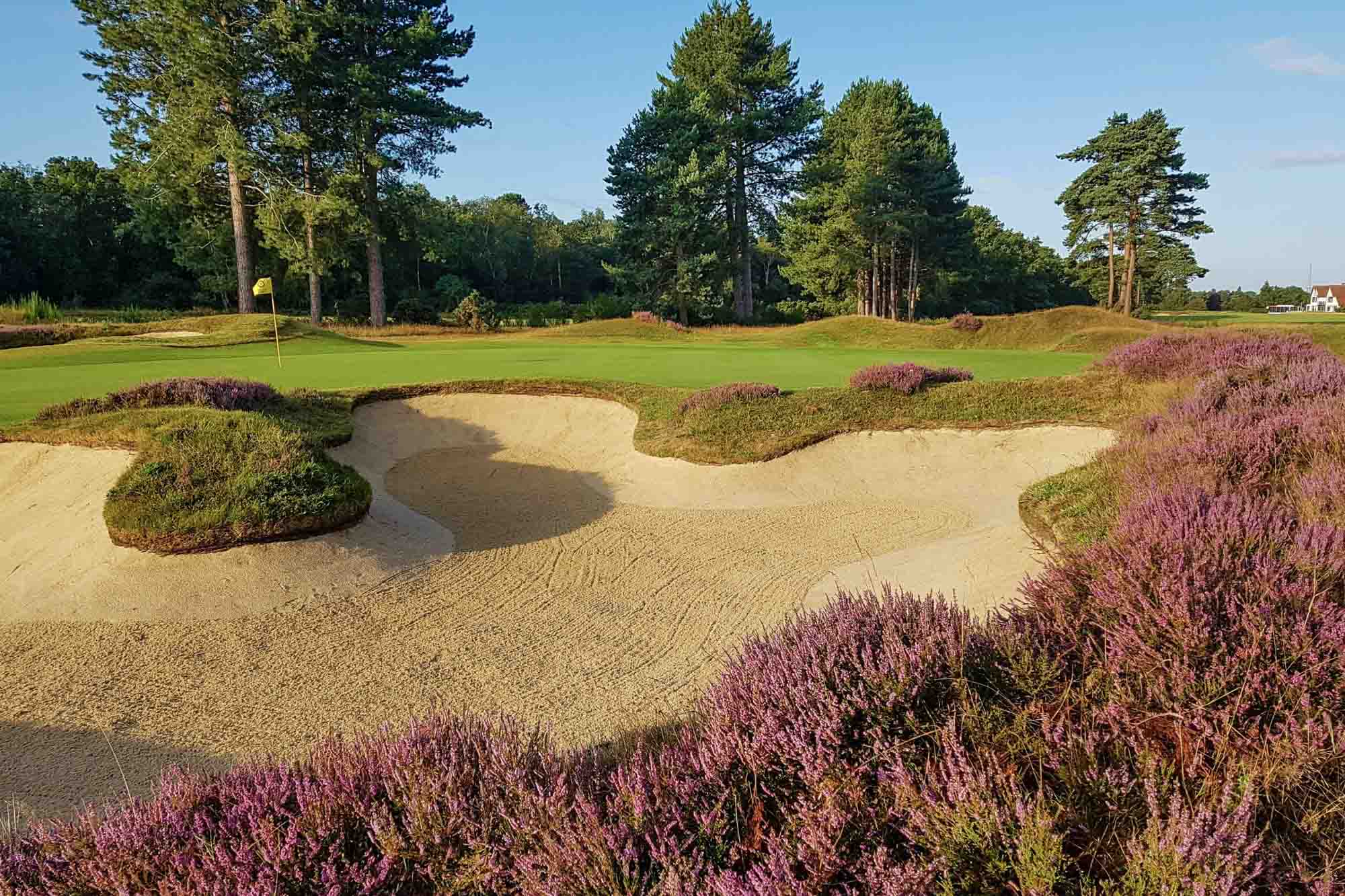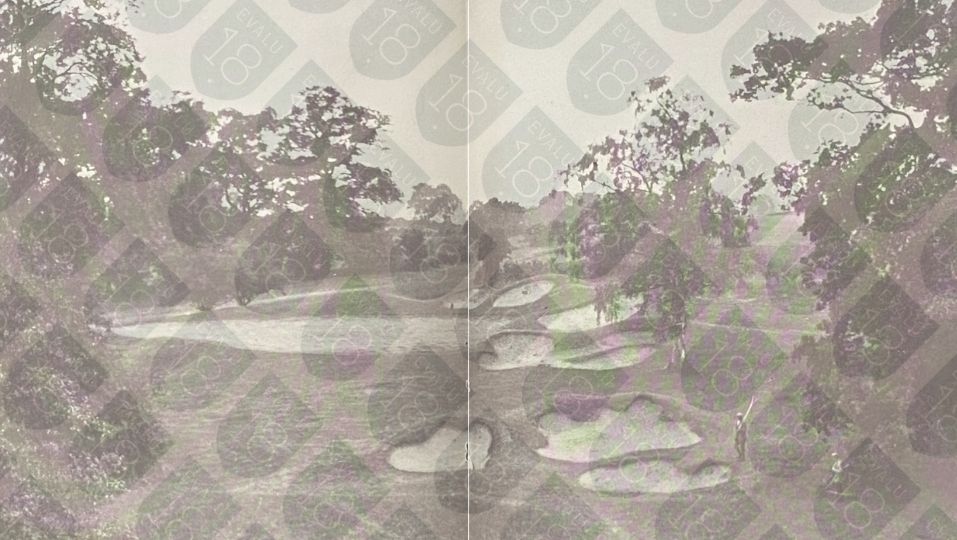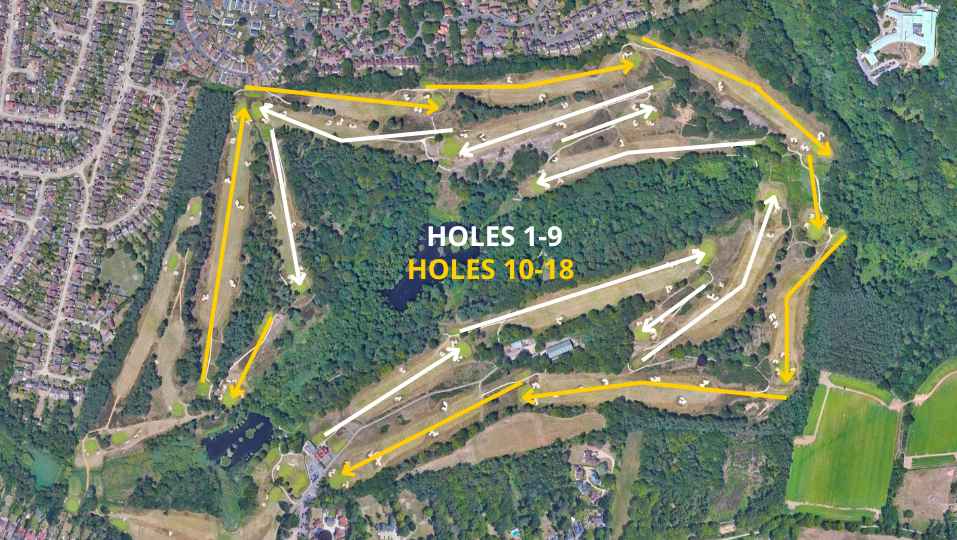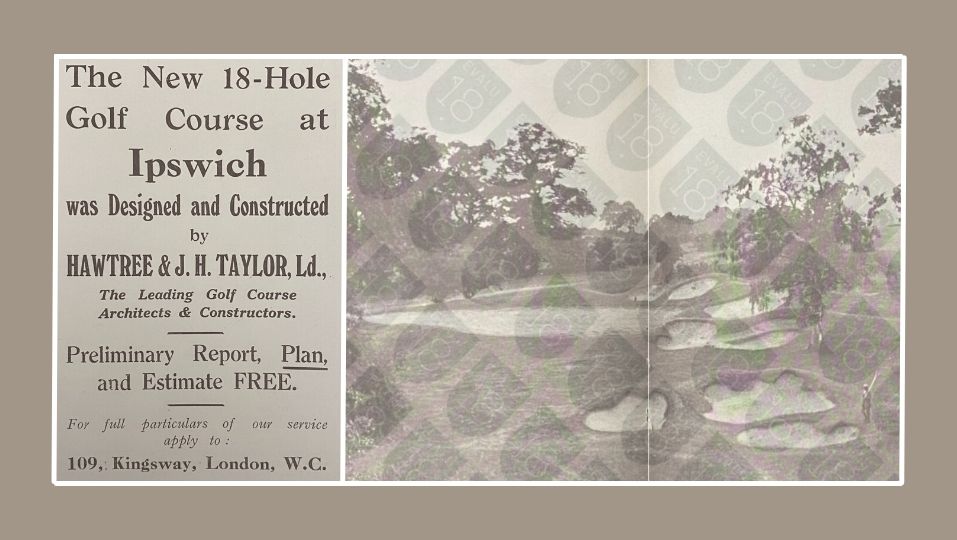Ipswich Golf Club

Overview
If you didn't know better, you couldn't be convinced you were anywhere other than Surrey or Berkshire.
Suffolk is underrated as a golf destination. From London, the A12 can be a nightmare to navigate. Once there, however, you have Ipswich Golf Club (Purdis Heath) and Aldeburgh. Ipswich Golf Club is probably the best of the bunch but less known than Aldeburgh. Not a million miles away is Flempton and Royal Worlington & Newmarket Golf Club. More than enough golf for a proper weekend away.
Jasper’s Lessons Learnt
It dawned on me that there are very few heathland golf courses with natural water hazards. The 5th on Sunningdale Old, the 9th and 14th at St George's Hill, the 10th at Worplesdon, the 18th at Woking also have... but all are small, mostly manmade and nowhere as beautiful as Ipswich's. Most also have a direct impact on play where they don't come into play at Purdis Heath.
Most golf clubs put too much emphasis on bunkers despite the fact most golfers visit them only a handful of times a round. Ipswich Golf Club has done a lot of work to their bunkers in the recent past but are now turning their attention to tree management and heather regeneration. Vistas are opened up, air can move and light can hit playing surfaces... it amazes me how much we invest in adding to courses when some of the biggest gains are gotten by taking away. Golf is played on the ground - proper golf anyway. Anything that makes that better is probably worth doing...
Golf Course Review
Ipswich Golf Club is a stunning heathland golf course in Ipswich, Suffolk in the East of England. The town sits on the River Orwell and has a rich maritime history. The course, also known as Purdis Heath, is an England Club Championship venue.
Site Characteristics & Topography
The property itself is quite unique, bisected by a valley where two ponds are located, one a fishing pond and the other known as the Decoy Pond. The Mill River springs from the adjacent Rushmere Heath Nature Reserve and is a tributary of the River Debden. The Mill River bisects the course on the West to East axis with a small crossing required after the 4th green and between your tee shot and putt on the par 3 15th. The river and ponds are not used strategically on any of the holes but the Decoy Ponds provides a stunning backdrop on the 5th and the Fishing Pond provides another backdrop for the sensational par 3 10th.
There aren't any other courses in the UK I've come across with such a unique aesthetic and diversity. There are numerous veteran Oaks throughout with a healthy dose of pine and birch. The two large ponds and large sweeping gradients are reminiscent of Peachtree Golf Club in GA, America with the added bonus of veteran and specimen oaks plus heather!
Ipswich Golf Club's 'U'nique Routing
The routing at Ipswich Golf Club is unique. There is an inner and outer loop but in a U shape that doesn't quite get back to the clubhouse at the turn. The other clever bit is the tacking in reverse of the par 3's - on the 3rd and 6th you change direction in much the same way that many of JF Abercrombie's often do.
Yardage Book Takeaways
The front nine and back nine are quite balanced in terms of yardage. The front nine has two par 3's and one par 5 and the back has two par 3's and two par 5's. Tipping the scales at 6439 yards from the tips, it plays longer. Of the 11 par 4's, 6 play longer than 400 yards. Of note, there is a fine half par two-shot hole coming on the 9th which checks in at 304 yards. Part of that is the long 11th - 535 yards does seem like much but into the wind and uphill makes a green in regulation anything but certain.
Ipswich Golf Club's One-Shot Holes
The par three's are all very tidy. The 3rd is 158 yards over flat heather clad ground. The 6th is a healthy 187 yards slightly uphill to a narrow shelf of a green set at an angle from left to right with a steep false front that will reject anything lacking oomph. The 10th is picturesque with the Fish Pond seen over the left shoulder. Finding the green from 168 is not a tall ask but if you fail to do so bogey isn't a forgone conclusion. Lastly, the 138 yard 15th plays downhill over the Mill River to a subtle green site on the shoulder of the hill. Both the 6th and 15th get you partway up a climb to the next tee elegantly.
What I like about the collection of par three's is they all offer a yardage and differ from each other making each memorable. At 138, 158, 168 and 187 yards respectively, it means a different club for each hole. The longest par 3 plays uphill and the shortest slightly downhill which further accentuates the nature of the challenge.
Visual Illusions
The 17th at West Sussex is one of my favourite holes because of the visual deception of the bunkers. At Ipswich Golf Club, on both the 5th and 17th you get a good idea of this design tactic that is so underused today. Tom Simpson would be well happy with the concept on these holes. Both look like the bunkers are stacked up upon each other and the landing zone appears impossibly tight. Achieve the correct angle and all of that terror disappears. Cleverly done, it's not always easy to execute... it is done well here and nice to see a tactic that stimulates the mind and doesn't just demand physical execution.
A Word About The Bunkers...
Flashed white faces and heather brows - they are striking. However, it would appear the shapers struggled to break free from the shackles of capes or tongues. The best courses have a style of bunker all their own... they differ in size, shape, character and can even play differently from one side to the other depending on the intent. The Old Course's bunkers vary so much they earned individual names and reputations. They melt away into the surrounds and are usually carved from existing land forms rather than from dumped material at the ideal landing zone 280-320 yards from the tips. Heather brows are fine but are best tied into heather in the roughs.
Hawtree & Taylor or James Braid?
Ipswich Golf Club was founded in 1895 when it played over a 9 hole course on Rushmere Heath. It was in 1926 that the course was moved to Purdis Heath with James Braid being called upon to lay out 18 holes. Of interest, there was an advert and centerfold photo proclaiming the course as designed and built by Fred Hawtree & JH Taylor. Simon Barrington, a James Braid researcher and enthusiast, comments that James Braid routed the course and worked with Hawtree & Taylor to achieve the desired look. Ipswich Golf Club's new course was opened on June 16, 1928, with a match between James Braid, JH Taylor, Abe Mitchell, and Henry Cotton. Whomever is responsible, the end result is quite spectacular.
Ipswich Golf Club & Ransomes Jacobsen
The club was founded by turf care giant James Edward Ransome. The founding chairman and captain he was also the driving force behind the first petrol-powered lawnmower and agricultural tractor. Today, the company is a worldwide empire known as Ransomes Jacobsen which continues to supply the golf industry.
Ipswich Golf Club - Videos
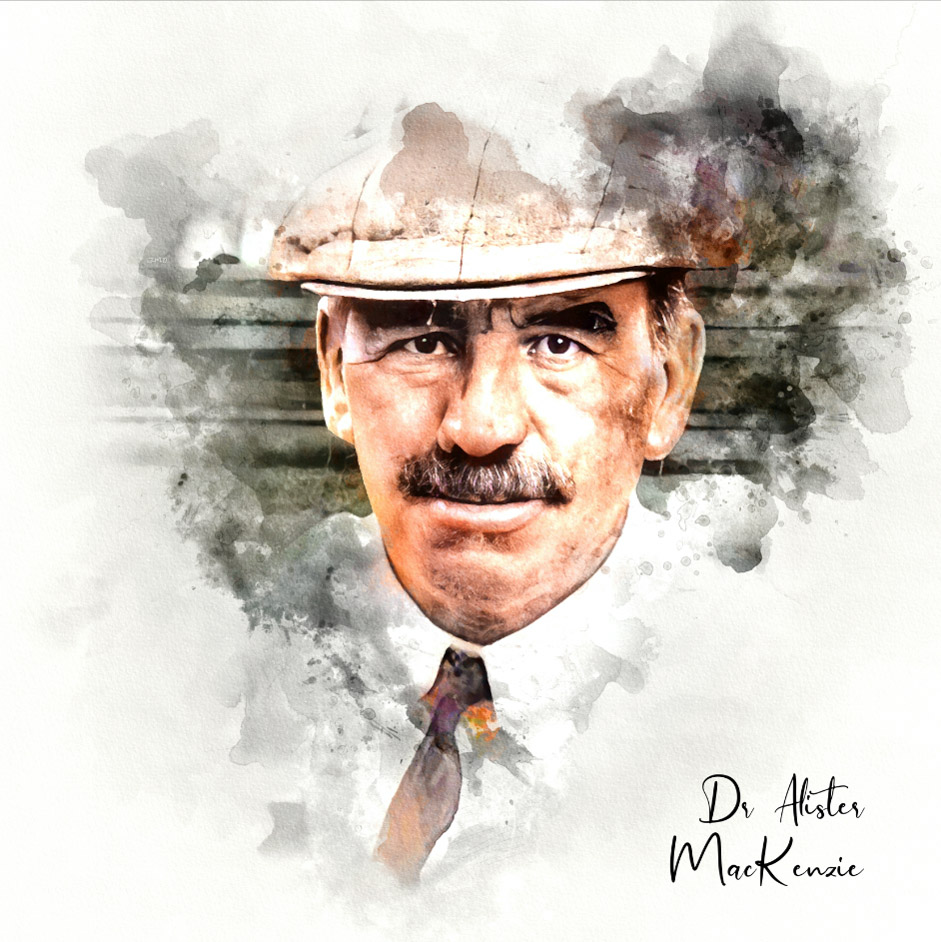
Featured Architect: MacKenzie, Alister
As taken from his book, Golf Architecture, Alister MacKenzie felt the following were essential: The course, where possible, should be arranged in two loops of nine holes. There should be a large proportion of good two-shot holes and at least four one-shot holes. There should be little walking between...

